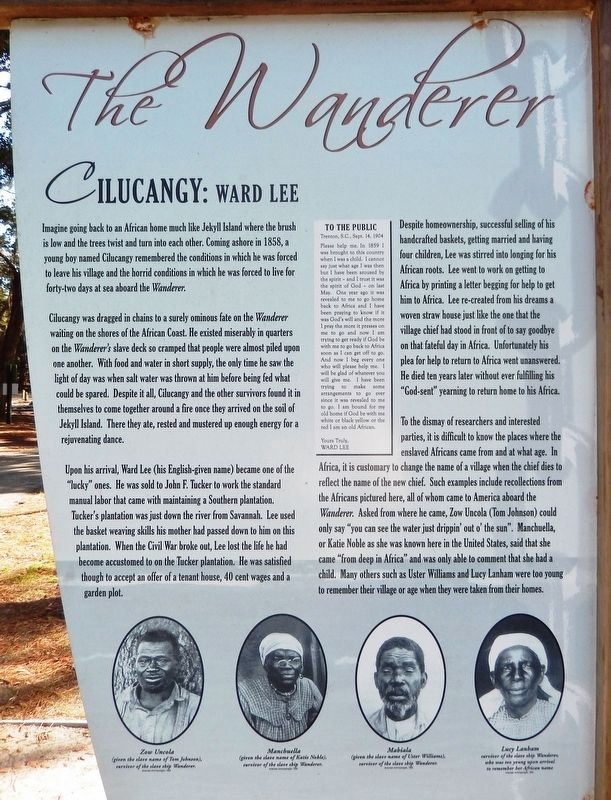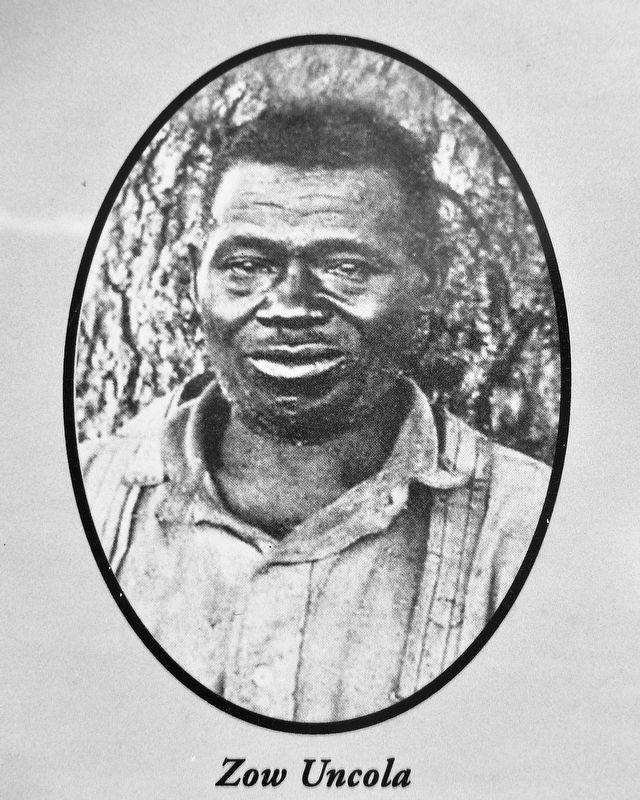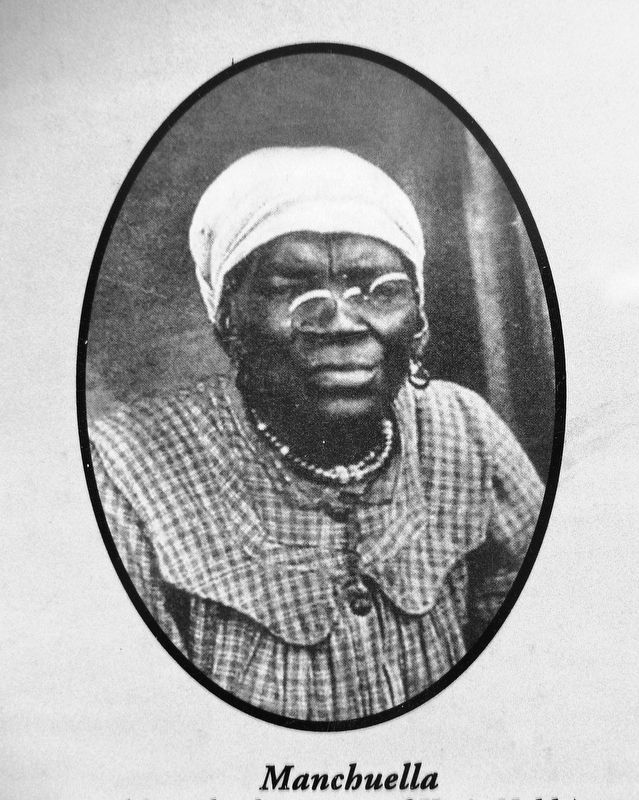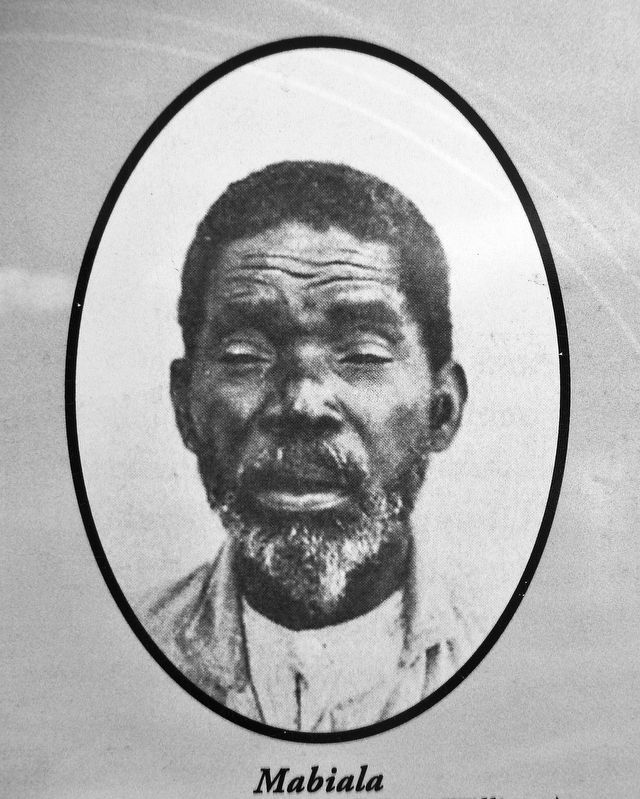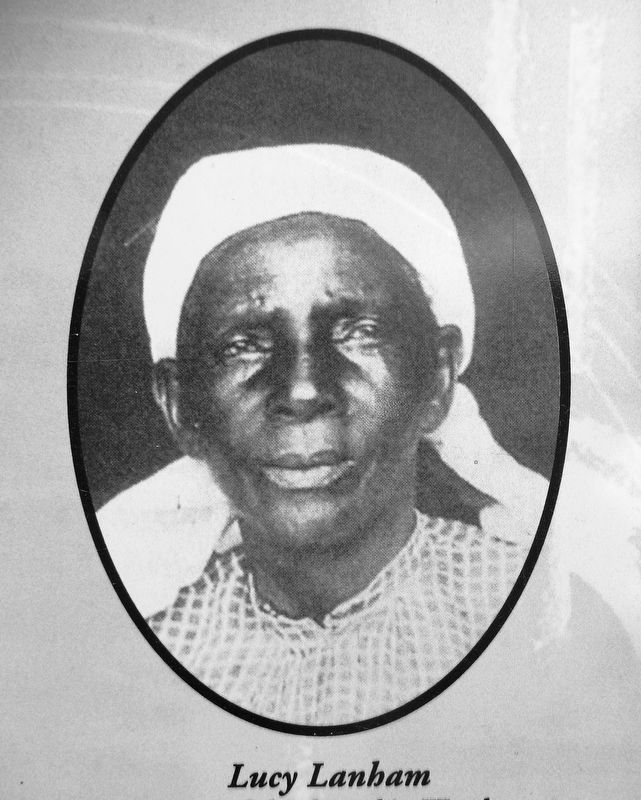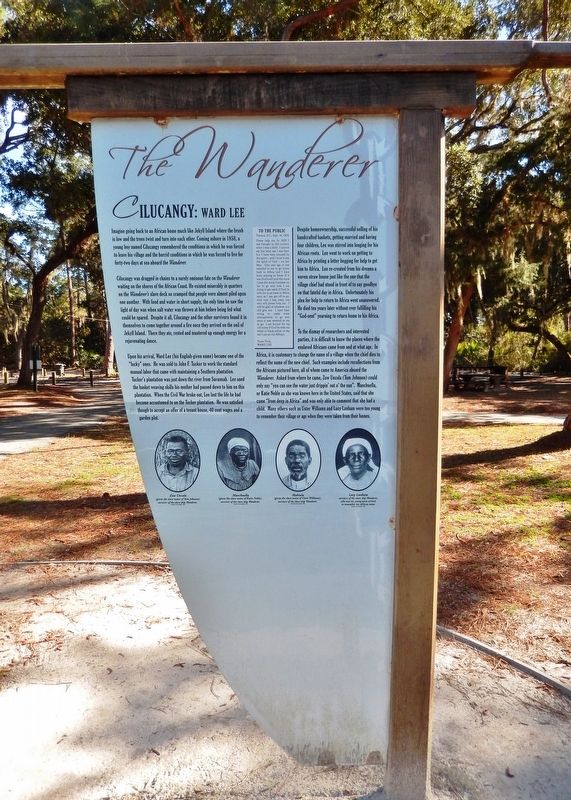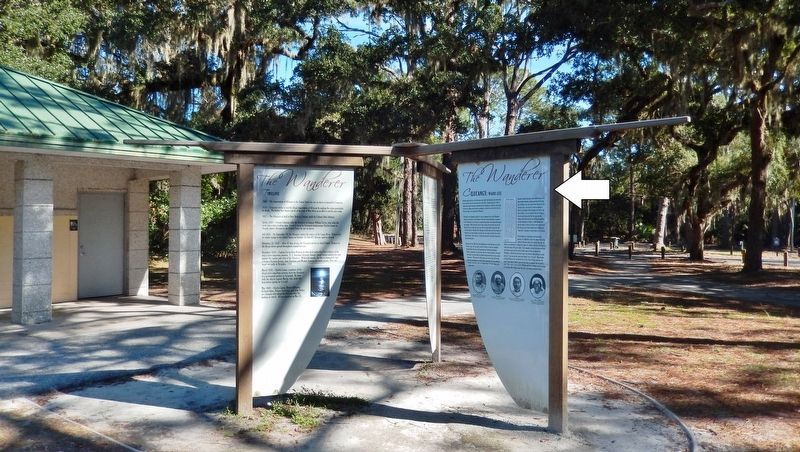Jekyll Island in Glynn County, Georgia — The American South (South Atlantic)
The Wanderer Cilucangy: Ward Lee
Cilucangy was dragged in chains to a surely ominous fate on the Wanderer waiting on the shores of the African Coast. He existed miserably in quarters on the Wanderer's slave deck so cramped that people were almost piled upon one another. With food and water in short supply, the only time he saw the light of day was when salt water was thrown at him before being fed what could be spared. Despite it all, Cilucangy and the other survivors found it in themselves to come together around a fire once they arrived on the soil of Jekyll Island. There they ate, rested and mustered up enough energy for a rejuvenating dance.
Upon his arrival, Ward Lee (his English-given name) became one of the "lucky" ones. He was sold to John F. Tucker to work the standard manual labor that came with maintaining a Southern plantation. Tucker's plantation was just down the river from Savannah. Lee used the basket weaving skills his mother had passed down to him on this plantation. When the Civil War broke out, Lee lost the life he had become accustomed to on the Tucker plantation. He was satisfied though to accept an offer of a tenant house, 40 cent wages and a garden plot.
Despite homeownership, successful selling of his handcrafted baskets, getting married and having four children, Lee was stirred into longing for his African roots. Lee went to work on getting to Africa by printing a letter begging for help to get him to Africa. Lee re-created from his dreams a woven straw house just like the one that the village chief had stood in front of to say goodbye on that fateful day in Africa. Unfortunately his plea for help to return to Africa went unanswered. He died ten years later without ever fulfilling his "God-sent" yearning to return home to his Africa.
To the dismay of researchers and interested parties, it is difficult to know the places where the enslaved Africans came from and at what age. In Africa, it is customary to change the name of a village when the chief dies to reflect the name of the new chief. Such examples include recollections from the Africans pictured here, all of whom came to America aboard the Wanderer. Asked from where he came, Zow Uncola (Tom Johnson) could only say "you can see the water just drippin' out o' the sun". Manchuella, or Katie Noble as she was known here in the United States, said that she came "from
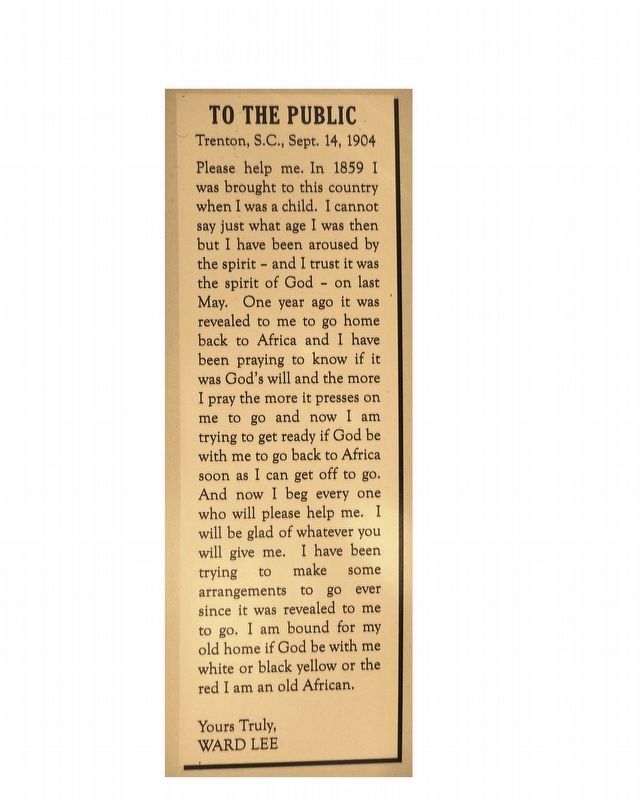
2. Marker detail: Ward Lee Letter
To The Public
Trenton, S.C., Sept. 14, 1904
Please help me. In 1859 I was brought to this country when I was a child. I cannot say just what age I was then but I have been aroused by the spirit — and I trust it was the spirit of God — on last May. One year ago it was revealed to me to go home back to Africa and I have been praying to know if it was God's will and the more I pray the more it presses on me to go and now I am trying to get ready if God be with me to go back to Africa soon as I can get off to go. And now I beg every one who will please help me. I will be glad of whatever you will give me. I have been trying to make some arrangements to go ever since it was revealed to me to go. I am bound for my old home if God be with me white or black yellow or the red I am an old African.
Yours Truly,
Ward Lee
Trenton, S.C., Sept. 14, 1904
Please help me. In 1859 I was brought to this country when I was a child. I cannot say just what age I was then but I have been aroused by the spirit — and I trust it was the spirit of God — on last May. One year ago it was revealed to me to go home back to Africa and I have been praying to know if it was God's will and the more I pray the more it presses on me to go and now I am trying to get ready if God be with me to go back to Africa soon as I can get off to go. And now I beg every one who will please help me. I will be glad of whatever you will give me. I have been trying to make some arrangements to go ever since it was revealed to me to go. I am bound for my old home if God be with me white or black yellow or the red I am an old African.
Yours Truly,
Ward Lee
Erected by State of Georgia.
Topics. This historical marker is listed in these topic lists: African Americans • War, US Civil • Waterways & Vessels. A significant historical year for this entry is 1858.
Location. 31° 1.285′ N, 81° 26.042′ W. Marker is on Jekyll Island, Georgia, in Glynn County. Marker can be reached from Beach View Drive, 0.1 miles north of South Riverview Drive. Marker is located in The Wanderer interpretive kiosk, just north of the parking lot at St. Andrews Beach Park. Touch for map. Marker is at or near this postal address: 1 South Riverview Drive, Jekyll Island GA 31527, United States of America. Touch for directions.
Other nearby markers. At least 8 other markers are within walking distance of this marker. The Wanderer What Happened to the Survivors: Their Stories (here, next to this marker); The Wanderer Timeline (here, next to this marker); The Wanderer Built For Speed (here, next to this marker); The Wanderer Timeline: Continued (here, next to this marker); The Wanderer Arrival (here, next to this marker); Wanderer Memory Trail
(a few steps from this marker); Survivors of the Wanderer (a few steps from this marker); Taken From Africa (a few steps from this marker). Touch for a list and map of all markers in Jekyll Island.
Related markers. Click here for a list of markers that are related to this marker. Wanderer Memory Trail
Additional keywords. The Wanderer Cilucangy: Ward Lee
Credits. This page was last revised on March 18, 2021. It was originally submitted on March 12, 2021, by Cosmos Mariner of Cape Canaveral, Florida. This page has been viewed 765 times since then and 103 times this year. Photos: 1. submitted on March 12, 2021, by Cosmos Mariner of Cape Canaveral, Florida. 2, 3, 4, 5, 6, 7, 8. submitted on March 13, 2021, by Cosmos Mariner of Cape Canaveral, Florida.
